
Cate Baum – Editor
As the editor here at SPR, I am in charge of editing and proofreading the self-published books that come into our tailored editing services department before they go on sale. A good edit and a lack of one can make all the difference to whether you sell your self-published book or not, so take a good look at my top eight errors as your starter guide.
Read the sequel, Six More Common Mistakes here
1. “Who”, “That” and “Which” Rules
By far the most common issue I find. 99% of all books I proofread seem to have at least one or two issues with this. Most work I do addresses this more than any other issue I fix in a day’s work. Jane Strauss of Grammar Book.com nails it in detail.
In a nutshell there are two things to remember:
- “That” should be used without a comma, whereas “which” always has a comma preceding it.
- But when should we use ” that” and when do we use “which” ?
I want to wear a hat, which is very unusual for me
has a greatly different meaning to,
“I want to wear a hat that is very unusual for me.”
This is because the use of “which” with the comma means that the fact I want to wear a hat is unusual, whereas using “that” suggests that the hat is unusual. Read each sentence you create and make sure the subject (i.e. me or the hat) relates to the action in the way you wish it to. You can test yourself on this at the Get It Write website
2. Semicolons and Commas Usage
I am not sure why this rule is such a difficult one to get right, but people love a comma and fear a semicolon. But here it is, easy to remember, from the best comic online, The Oatmeal (click the photo to read the whole infogram):
3. Its and It’s
Way above in the clouds there’s a laser that zaps writers into messing this up all the time. There must be. Because this is the easiest rule in the universe and yet everyone gets it wrong.
If you see “it’s” with an apostrophe, that means that you are saying the shortened form of “it is”.
“It’s” never, ever means anything else except that.
Example:
It is cold outside
can be shortened to:
It’s cold outside
“Its” is the same as “his” or “her”.
Example:
The cat scratched her head
The cat scratched his head
And if we don’t know what gender the cat is:
The cat scratched its head
This is the only time you would use “its” and it never means anything else except that.
4. Who’s and Whose
The same as above. “Who is” is shortened to “who’s”. This is the only time you would ever use “who’s”.
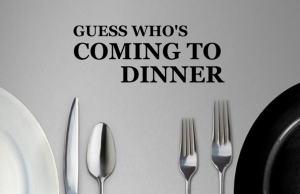
Example:
Guess who is coming to dinner?
Can be shortened to:
Guess who’s coming to dinner?
Whose is the possessive form of “who”. This means that you use it in a question to find out “whose” things are “whose”. This is the only time you would ever use “whose”.
Example:
Whose socks are these on the floor?
5. Hyphenated words
There is a hard-and-fast rule to using hyphenated words as adjectives in sentences in modern writing. These are called “compound adjectives.” This means that if you want to describe a “man-eating lion” or a “brow-beating wife” you must hyphenate the adjectives to form one compound word.
Sometimes words get hyphenated when they are not supposed to be. “Half-moon” should be “half moon”. But if there is a half-moon-shaped window, then the words become a compound adjective. You can be at half cock, but you can also be half-cocked. Use your trusty dictionary (not an internet one) to check this if you are not sure.
6. Long-ass sentences
I have come across sentences of a five-sentence length before, sprawling an entire paragraph. Instead of describing a scene of action by using commas, how about breaking it up into nicely constructed sentences?
Example:
“I was running for my life, a life I built with my wife Nancy when all of these terrible disasters happened to us, just when she was about to give birth to our son, Jacob, a bright boy, who later had blue eyes and curly blond hair, with a killer smile.”
This can be broken down:
“I was running for my life. A life I built with Nancy, my wife. Now, all these terrible disasters were happening to us just when she was about to give birth to Jacob, our son. As he grew later, he was a bright boy, with blue eyes and curly blond hair – and a killer smile.”
7. Character name change
So many times I have been editing a book, only to find out a main character’s name has suddenly changed! When editing your book, make sure that if your character was called something else in an earlier draft that you have changed every single instance of that name in your book. Simple to forget, simple to fix.
8. Eggcorns
An eggcorn is the name of the beast you create when you think you are writing a trope, but it turns out you’ve got the words wrong in the phrase, often words that sound similar to the word you’re aiming for. They are present in nearly every text I run across. I have even had fights with people about them, and it’s embarrassing to find out that a phrase you heard all your life looks completely different written down :
Examples:
a new leash on life – should be a new lease of life
signaled out – should be singled out
By in large – should be by and large
Here are some more to check that you’re not getting it wrong!
 My conclusion is that if you go to all the trouble of getting a book down on (virtual) paper, make sure you get a professional edit and proofread. You may think you are a native English speaker, but that doesn’t mean you know the entire language and its foibles in detail. I gained a postgraduate certificate in English as a foreign language in Cambridge, UK so that I could see how the language sticks together as a science. Most editors worth their salt will make sure they have a similar background.
My conclusion is that if you go to all the trouble of getting a book down on (virtual) paper, make sure you get a professional edit and proofread. You may think you are a native English speaker, but that doesn’t mean you know the entire language and its foibles in detail. I gained a postgraduate certificate in English as a foreign language in Cambridge, UK so that I could see how the language sticks together as a science. Most editors worth their salt will make sure they have a similar background.
Read the sequel, Six More Common Mistakes here
If you think you need help getting your book edited and proofread ready for publication, contact Cate at SPR here, for a full editing service.
Get an Editorial Review | Get Amazon Sales & Reviews | Get Edited | Get Beta Readers | Enter the SPR Book Awards | Other Marketing Services


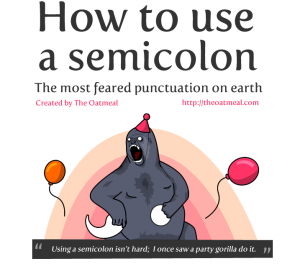
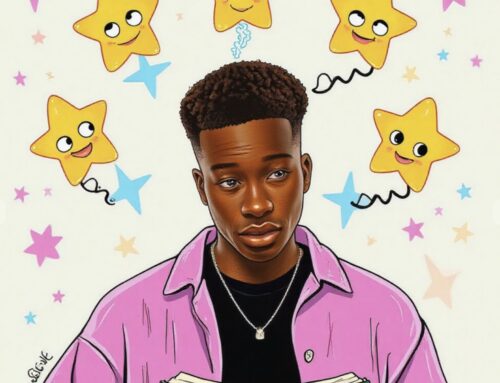



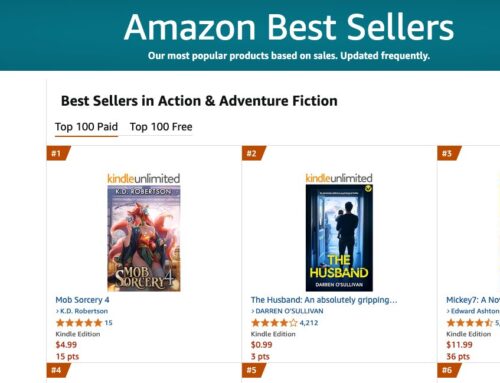






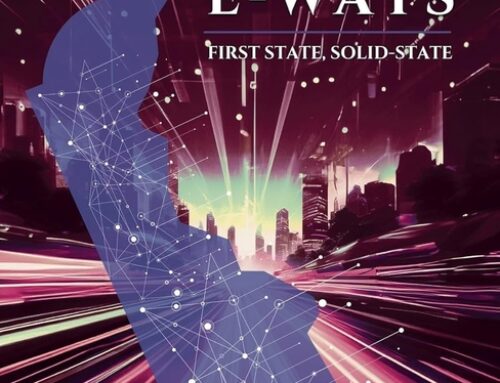
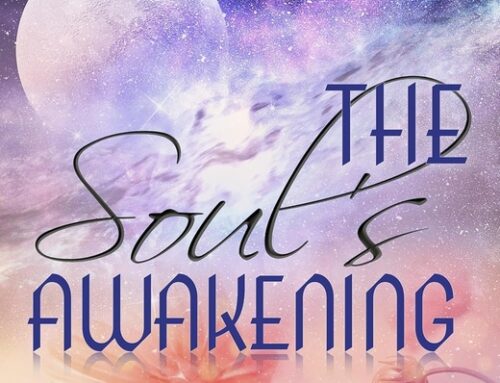

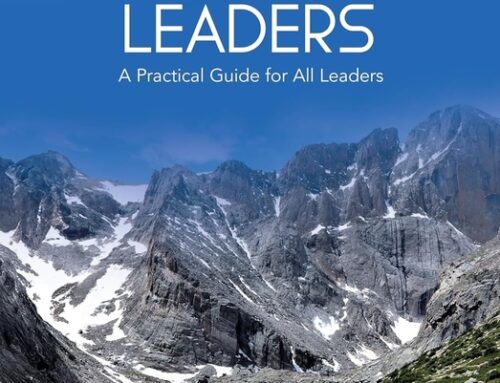

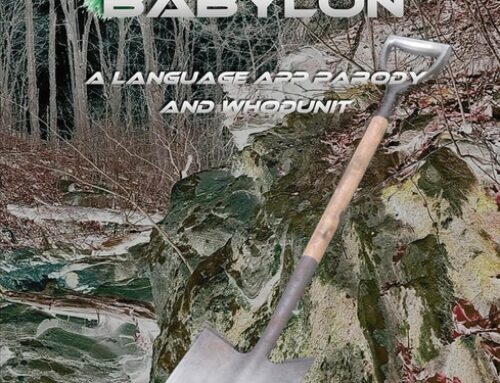
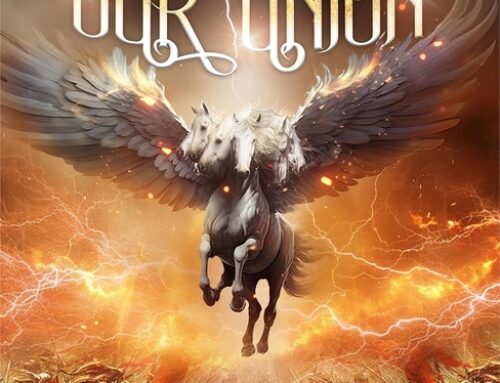

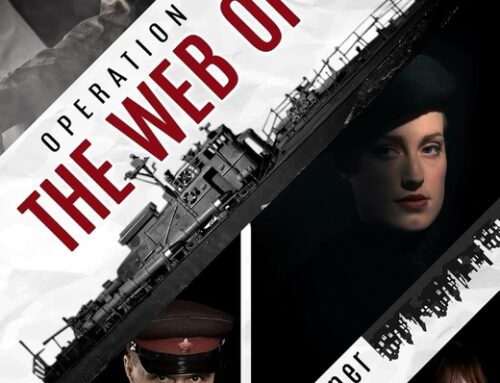
How about past versus present issues? That’s what troubles my writing the most. I find my writing filled with shifts between the two, probably because I see shifting into the present as adding immediacy.
Imagine a narrative that’s mostly in the past, but then this sentence appears.
“John had seen this problem come up before, but this time his is mad and knows he must do something about it.”
Yes, I know that “was” and “knew” will serve as well, but that’s not what I find myself writing. I want to shift between the past and the present. Cleaning this tense shifts out is a pain I’d rather avoid.
Can you offer me any excuse or am I stuck with playing tense policeman?
If you want a more immediate past tense, then use what is called ” past progressive tense”. The past progressive can express incomplete action, i.e. an action that is happening at that time, but in the past. This is the sentence you have there, using that tense:
“John had seen this problem come up before, but this time he was feeling mad. He knew he must do something about it.”
or
“John had seen this problem come up before, but this time he felt mad. He was thinking he must do something about it.”
What you have written is not grammatically correct on any level. The only way you would use the sentence you suggest is if the text is entirely in present tense, and John had seen the problem in the past and is now talking about it in the present.
I found this comment about tense quite useful. I prefer writing in the past tense but I constantly switch between present and past. It usually seems to start when I am doing action like dialogue. Lately, I have been able to catch it more often, thank god. So thanks. This whole article was useful!
Amanda Nichols – Aspiring Author.
I disagree when it comes to long-ass sentences. 🙂 I wouldn’t say they’re a mistake as much as a style choice, and that they can be very cool contextually. If – as with anything else – they’re overused (short sentences can get pretty dull and repetitive, too), sure, it’s bad, but otherwise, when written correctly, they have their place. (I’m biased. Huge fan of long sentences and the punctuation play it takes to make them correct.)
Short sentences/incomplete sentences are also an issue – otherwise called “a fragment”. I tend to marry them when editing with a semicolon or simply an “and”. But while I agree long sentences do require a lot of skill, many books I edit tend to just make a list of adjectives instead of constructing. This unfortunately is quite a different matter! I do think any length sentences can add poetic color to a work, but only when used in a proper construction with the correct punctuation.
Kristen, I agree about sentence length. We used to be encouraged not to constantly use short sentences, and I love longer, flowing sentences. (I also love semi-colons, which allow authors to relate sentences very effectively.) Short sentences, in my opinion, should be reserved for action, tension, to create suspense, and showing other strong or abrupt emotion and such. As for fragments–in commercial literature, and skillfully done, I love them. No one in today’s harried world speaks informally in correct, proper sentences, and I suspect we don’t think that way, either. It’s not that I don’t recognize fractions–several doctoral candidates at work come to me to catch their fragments. It’s that stylistically–I think fractions are far more effective in some situations than are complete sentences.
Great overview of the basics
Great article. BTW, shouldn’t that read Cambridge, UK, (comma after the country)? 😉
The conjunction, so, will not be preceded by a comma because what follows isn’t an independent clause.
Very good article. I have seen many of those errors myself. I just think that people don’t take the time to briefly check their script as they are writing. While I agree with the ‘long’ and ‘short’ sentences, explanation; I believe that both can be used effectively, if correctly structured. Sentence length very often reflects the mood or tone of the writing, and, as such can be used to influence the reader’s reaction/experience. Take, for example:
She heard a loud pop and quickly spun around to see smoke coming from the gun that a man was brandishing. Apparently the man had fired a shot. She was so frightened that she started breathing heavily.
Compare that to: There was a loud pop! She spun around. A man was brandishing a gun. The smoke was still curling from its nozzle. Her heart stopped momentarily.
Notice that sentence two captures the speed of the action and pulls the reader into the drama.
Great article! I would additionally suggest that authors become far more familiar with the differences and proper uses of lay, lie, lying, laying, etc.
Succinct and good. The hyphens especially annoy me – do people not read their own work and realise what they’re actually saying?
Well, if their technique is wrong, they may not know to change things.
Very good article.
I am seeing many instances where fewer and less are misused; also confused are where, were and we’re.
I see it as authors running ‘spell check’ and not carefully editing that for context.
Excellent list. While I would hope I avoid these, it’s always great to read a list like this so that I can make a special effort to avoid these pitfalls.
As an editor myself, I’ve also encountered the following:
*Several character names with the same initial letter.
*Overuse of things like the dash and ellipsis.
*Too many short sentences, they come out like machine gun bullets and can be disruptive to the flow.
*Telling about something instead of showing us. (I’m so over repetitive dialog that keeps telling us what happened instead of making it happen in front of us.)
*Long, unnatural pieces of dialog. People interact when they talk and seldom get the chance to speak in unending paragraphs.
This is great! I am guilty of only one thing you mentioned (unless there are eggcorns in my repertoire that I’m not aware of) and that is something you mentioned in the comments–fragmented sentences. It’s a style, I believe, almost as if one is writing with a “Dragnet” tone–short, clippy speech.
Here’s an excerpt from my book with a fragmented paragraph: “As she watched the change of emotion move across Shay’s handsome face as he told a story, his big hands gesturing while making various points, Kate was overwhelmed by a rush of awareness. Awareness of him as a man, as a friend, as a confidante. And Shay was a man she could like—a lot. And that alarmed her. A lot.”
I am well aware of how that could be rewritten with proper sentence structure, but, for some reason, I find the story is more compelling the way I’ve chopped it up 🙂
I always shudder at “alot.” (Apparently, so does my auto-correct, which fixed that for me.) You wouldn’t write “abunch” or “afew,” would you?
I can cope much better with alot since I stumbled across Allie’s blog and this entry: http://www.hyperboleandahalf.blogspot.com/2010/04/alot-is-better-than-you-at-everything.html
One of my pet peeves is the mixing up of “I” and “me”. I’ve seen this in self-published books as well as in publisher-published books. Apparently many people have no concept of possessive pronouns.
I agree that long-ass sentence needed breaking down. It needed more work, though. I’d have thought the ‘correct’ example didn’t need ‘As he grew later’ – ‘As he grew’ would be sufficient. Later is implied, and you can’t exactly grow earlier… And yes, I’ve come across the occasional eggcorn in work I’ve edited. The most annoying confusion I find is affect and effect. I point out several errors in my book Write a Western in 30 Days, a guide for all genre writers, not only western writers.
This is the most succinct and useful grammar guide I’ve ever come across. I’ve saved it and shared it. Thanks very much.
It’s been a pleasure to read these corrections, except “never” is such a long time, and sometimes “it’s” means “it has,” such as in the beginning of this comment.
Yes, that’s true! This is only the eight most common mistakes, but yes you are right. 🙂
What about incorrect pronoun agreement with words? Will everyone get “their” lunch box, instead of “her” or “his.” “Their” is shorter than saying “his or her,” but it doesn’t agree with “one.” Maybe change it to say, “Children, get your lunch boxes.” Also, I often here someone using the reflexive pronoun as a subject or object rather than for emphasis.
I think it sounds unnatural to use “his or her” in writing literature. Sometimes it’s necessary to bend the rules to make your writing sound natural. In all other neighboring languages it is a perfectly acceptable to use a plural possessive pronoun in this situation; however, these are gender-driven languages, such as “el gato” for “the cat”, male, or “la leche” for “the milk”, female, in Spanish. This means the male plural is used when the group discussed contains a male, e.g. “ils” in French would be used to describe a group of men and women, whereas a group of women is “elles”. I fear this usage came about from political correctness, when using “his” as the one-size-fits-all possessive pronoun went down badly, and somebody added “- or her”. Therefore, “their” is perfectly fine as far as I am concerned as a catch-all to suit this purpose. I defy Microsoft Word’s grammar check on this regularly and only correct it to “his or her” on academic and business papers.
Yes, agreed. Don’t ever agree with Word 100%! First rule of good editing!
It’s absolutely acceptable to say “their” nowadays. Language shifts and changes, and saying “his or her” just sounds pedantic these days!
In Australia I have noticed the repeated occurrence of “off of” as in “he took it off of me…..!”
Does this aberration occur in USA? (Yes I know, maybe it should be “…from me . .” but do you get my drift?)
No, actually “off of me” is fine! To take something off someone is an action, so saying “he took it off of me” is plausible and correct in modern English.